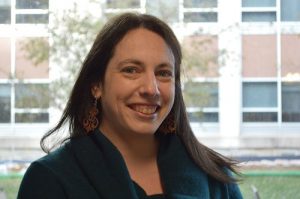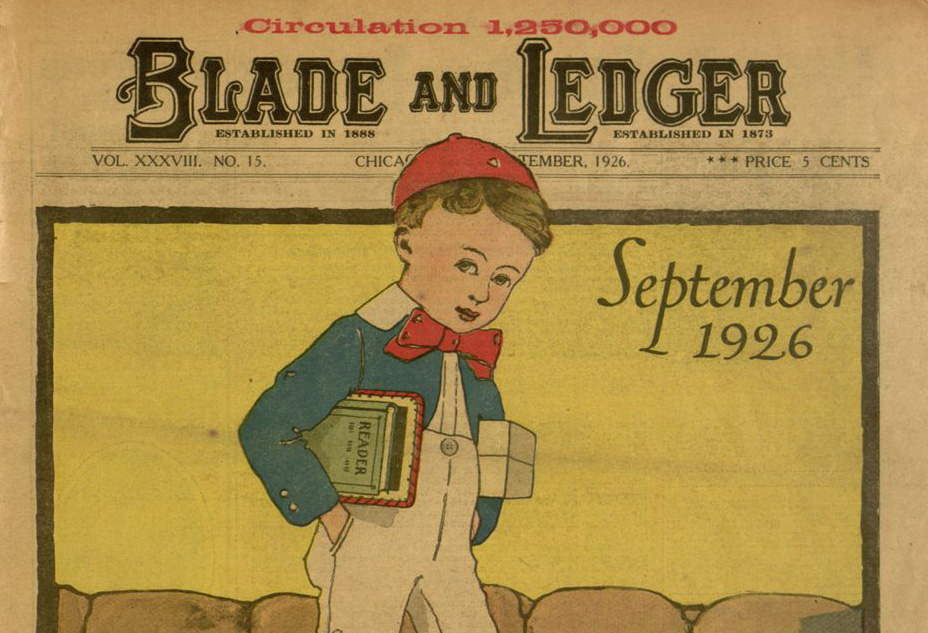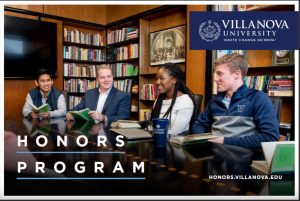By Rebecca Oviedo

This past year, in celebration of Villanova’s 100 seasons of men’s basketball, and in partnership with the Department of Athletics’ External Operations Unit, Falvey Memorial Library’s Distinctive Collections & Digital Engagement has added a significant contribution of basketball-related images and content to the Villanova Digital Library. The items from University Archives include nearly 400 photographs and negatives, and more than 60 additional items, such as media guides, schedules, tickets, and scorebooks.
Since 1920, Villanova Basketball has produced three NCAA national championships and a rich history of outstanding players and coaches. Search and view images of such iconic Wildcats and future NBA stars as Paul Arizin, Larry Hennessy, Bob Schafer, and George Raveling under coach Alex Severance; Wali Jones, Hubie White, Jim Washington, Bill Melchionni, Howard Porter, Chris Ford and Tom Ingelsby from the Jack Kraft era; and, of course, selected images from Rollie Massimino’s 1985 NCAA championship team. One of the most photographed: legendary longtime athletic trainer John “Jake” Nevin.

Negative, Basketball (Jake Nevin/ Trainer and Howard Porter), 1970.
The process to convert these analog materials to a digital environment involved many hands and multiple steps.
The work began last summer, with the help of Erik Sherwood, Laura Davis, and Jessica Leventry, three Penn State students participating in the Villanova Athletic Department summer internship program with Assistant Athletic Director/Marketing Jacob Whitten’s team. The students spent two weeks in University Archives transcribing data from University Negatives Collection envelopes housing the negatives and entering the information into a spreadsheet to be incorporated into University Archives and Digital Library databases. They recorded such metadata as box and folder numbers, names, dates, subject headings, and descriptions for each negative.

Laura Davis carefully examines a negative.

Villanova College Basketball Facts, 30th Season, 1949-1950.
In September of the fall semester, several undergraduate Collections & Stewardship Technicians began scanning the items using the library’s Indus Color Book Scanner and a recently added Epson 12000XL Photo Scanner. These students, trained in appropriate collections care and proper handling techniques for rare materials, included Bernadette Goratowski, Martin Han, Courtney Schultz, and Erin Warren. After scanning materials, the students performed several post-processing steps, including rotating, cropping, and tonal adjustment of the digital images. They logged and tracked their work in the same spreadsheet started by the summer interns. Images were then uploaded to a library server to await further description and metadata by Distinctive Collections staff.
Items were scanned through March 2020, when campus was closed due to the growing threat of the COVID-19 pandemic, and sadly the remainder of Villanova’s 100th season of basketball was cancelled. As much of the world’s workforce transitioned online, I continued my work of describing and entering metadata, now from home, a task that surely could not have been completed had it not been for the careful work of our student employees and interns this past year.
Some images still require additional identification and description. I tried to identify players and add subject headings as best I could, and the media guides proved invaluable for this. If you can identify or date any images lacking this information, please email archives@villanova.edu. We have scanned selected images from the University Negatives Collection through 1974, and there are still several hundred images that have not yet been digitized. The collection spans the 1930s to 1985. If you have a favorite past player, let us know by email or in the comments below.

Rebecca Oviedo is Distinctive Collections Librarian Archivist at Falvey Memorial Library.

 Rebecca Oviedo is Distinctive Collections Librarian/Archivist at Falvey Memorial Library.
Rebecca Oviedo is Distinctive Collections Librarian/Archivist at Falvey Memorial Library.



















